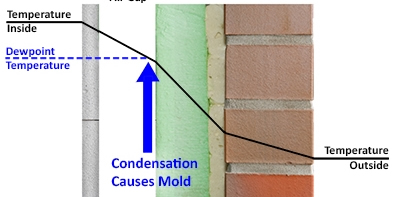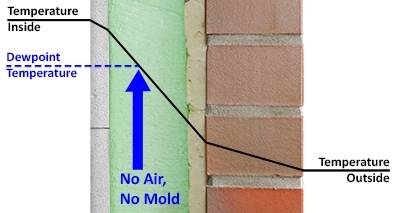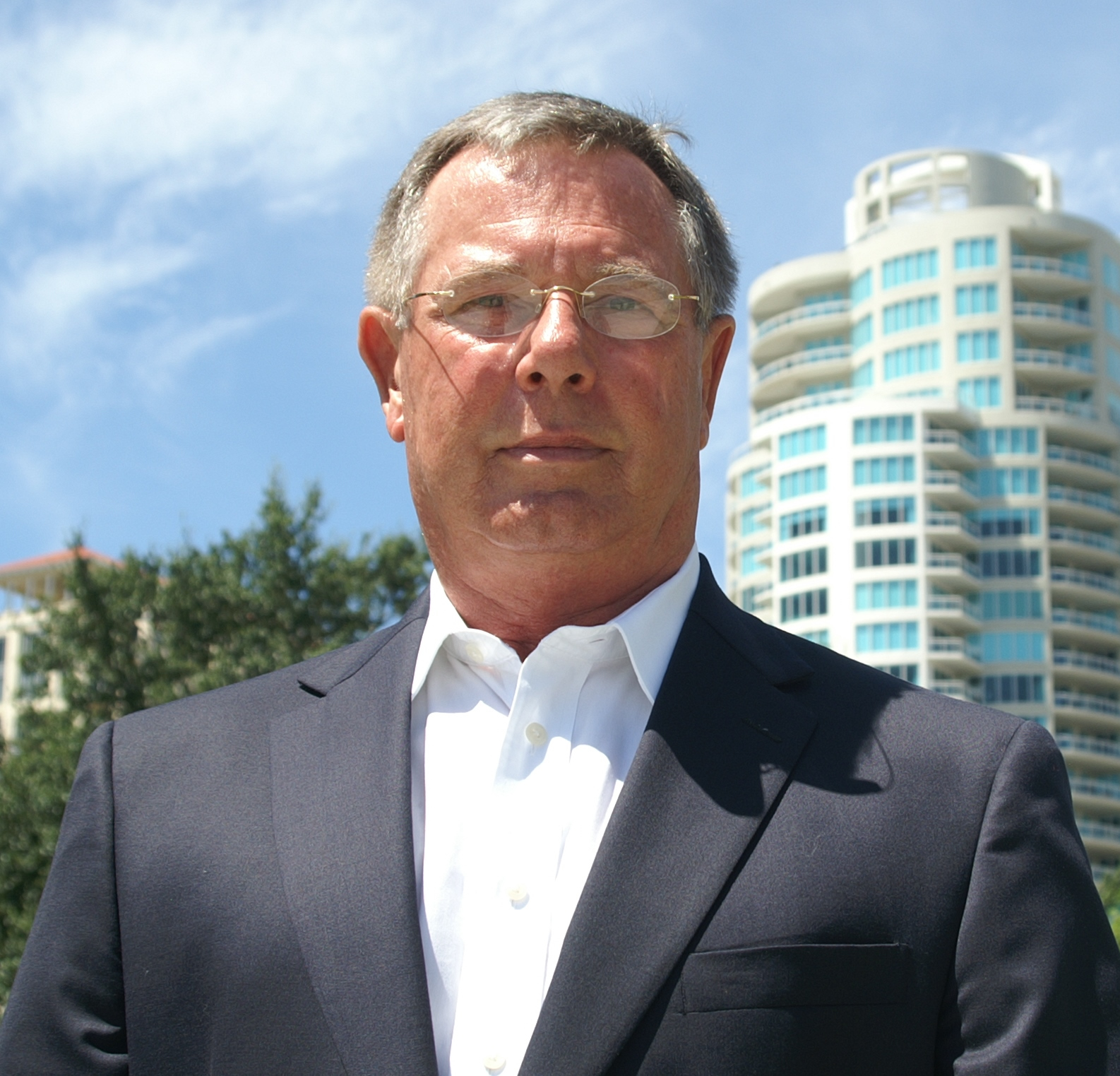5 May 2016
1:30 PM – 4:30 PM
Charleston Visitor's Center
357 Meeting St
Charleston, SC 29401
Continuing Education
AIA: 3 LU/HSW
SCBC 3 CEUs (Pending)
Certificates provided to all attendees
Cost
Early Registration $55.00
After April 30, 2016 $65.00
|
|
 
SUMMARY
Designing buildings in Hot and Humid climates requires the integration of techniques found in the ASHRAE Guide for Buildings in Hot and Humid Climates.
Dehumidification, sustainability, mold avoidance, energy reduction, and their focus on the needs of owners, architects, and engineers who build and manage buildings is critical in our hot and humid climate. Mr. Patenaude will discuss critical issues for architecture, engineering, and building management along with detailed and practical solutions to everyday problems of the building envelope and indoor air quality.
LEARNING OBJECTIVES
- The components of Indoor air quality.
- The building enclosure:
roofs, walls, crawl spaces
- Effects of water intrusion and methods of prevention
- Microbial contaminants (mold), recognition, evaluation and control
- Control of humidity within the occupied spaces
- Tools for the design of Buildings in Hot and Humid Climates
ABOUT OUR PRESENTER
 Mr. Raymond E. Patenaude, PE, MRSA, CPMP, CIAQP, CEM, Managing Partner of the Holmes Engineering Group, LLC, is a registered Florida Professional Engineer specializing in forensic analysis of building envelopes, HVAC systems, moisture intrusion into buildings, and microbial contamination of building environments. He has been a Consulting and Forensic Engineer for forty years involved with the analysis, design and construction of building systems. As a recognized expert in his field, Mr. Patenaude, P.E., provides professional consultation and forensic investigation in building science including: cause and origin of construction defects; building envelope assessments; HVAC failure causation analysis; energy analysis; moisture intrusion; mold growth investigations; remediation management; claims and litigation support for commercial, residential, and institutional buildings. Mr. Raymond E. Patenaude, PE, MRSA, CPMP, CIAQP, CEM, Managing Partner of the Holmes Engineering Group, LLC, is a registered Florida Professional Engineer specializing in forensic analysis of building envelopes, HVAC systems, moisture intrusion into buildings, and microbial contamination of building environments. He has been a Consulting and Forensic Engineer for forty years involved with the analysis, design and construction of building systems. As a recognized expert in his field, Mr. Patenaude, P.E., provides professional consultation and forensic investigation in building science including: cause and origin of construction defects; building envelope assessments; HVAC failure causation analysis; energy analysis; moisture intrusion; mold growth investigations; remediation management; claims and litigation support for commercial, residential, and institutional buildings.
Mr. Patenaude. P.E. is a former ASHRAE Vice President and Chair of the Project Monitoring Sub-Committee for the new “ASHRAE Guide for Buildings in Hot and Humid Climates” of ASHRAE’s Technical Committee 1.12, Moisture Management in Buildings and a member of Standard 100, "Energy Conservation in Existing Buildings". In addition, Mr. Patenaude, P.E. is also a member of the National Society of Professional Engineers, the National Academy of Forensic Engineers, the National Academy of Building Inspection Engineers, the National Institute of Building Sciences, and chairman of the Board of the Certified Indoor Air Quality Professionals.
|

